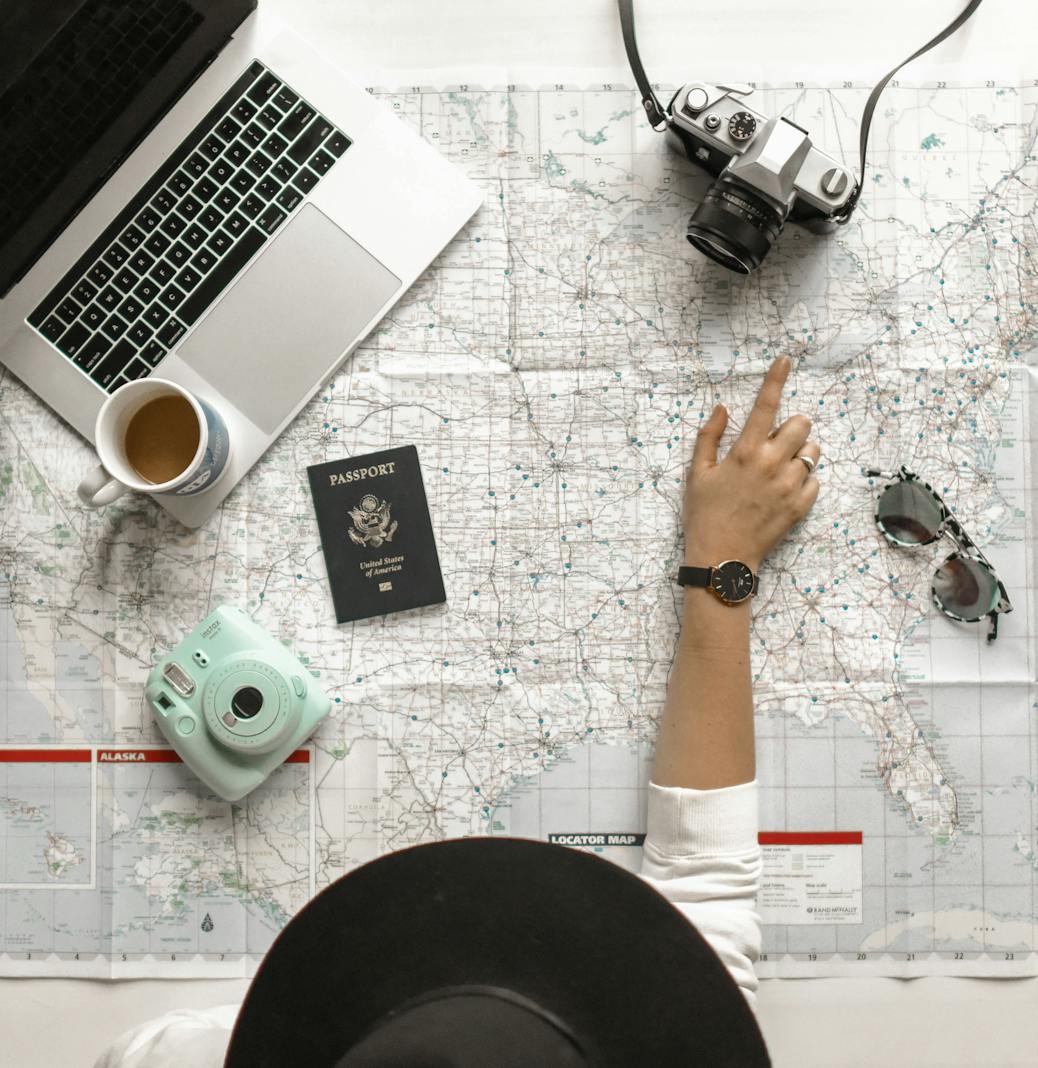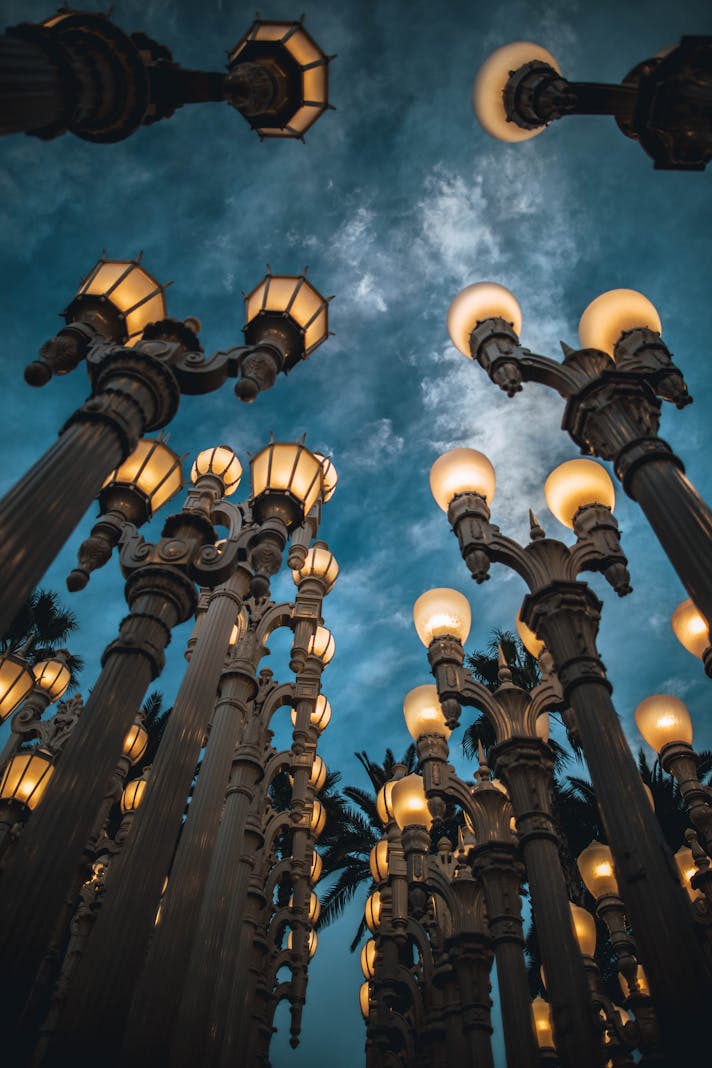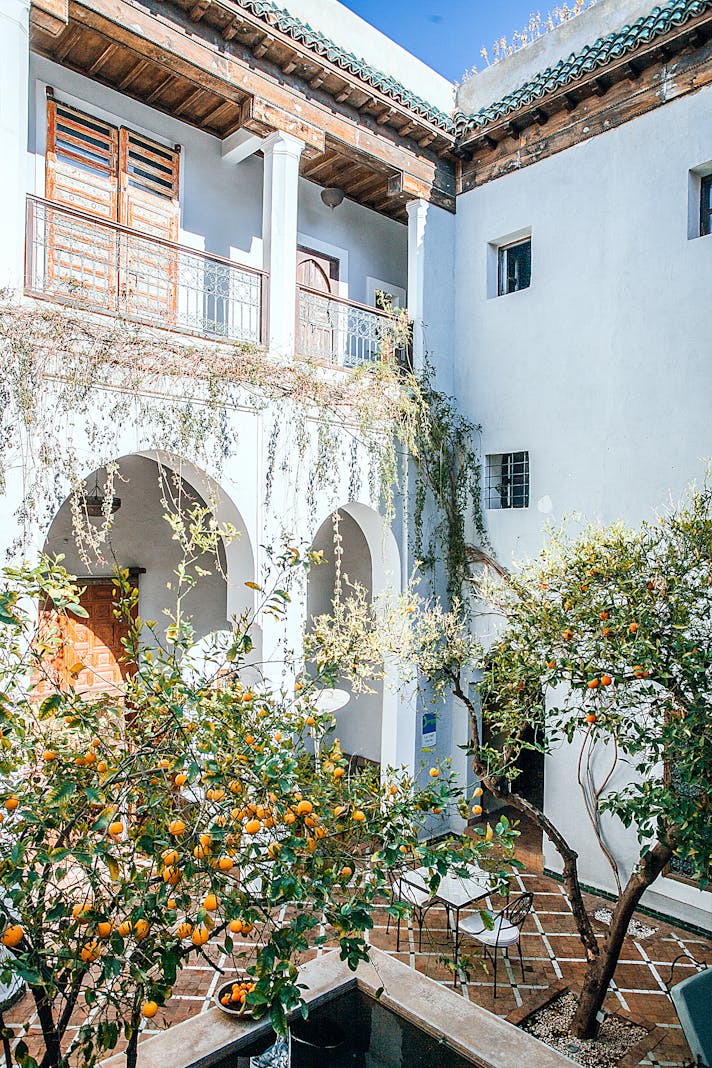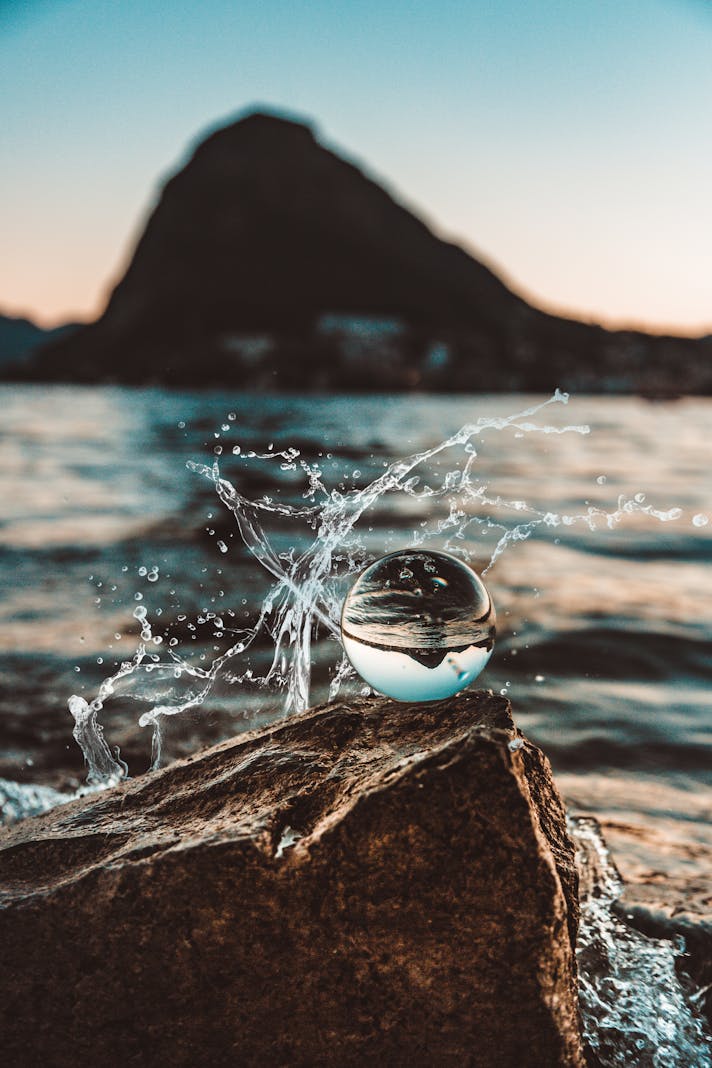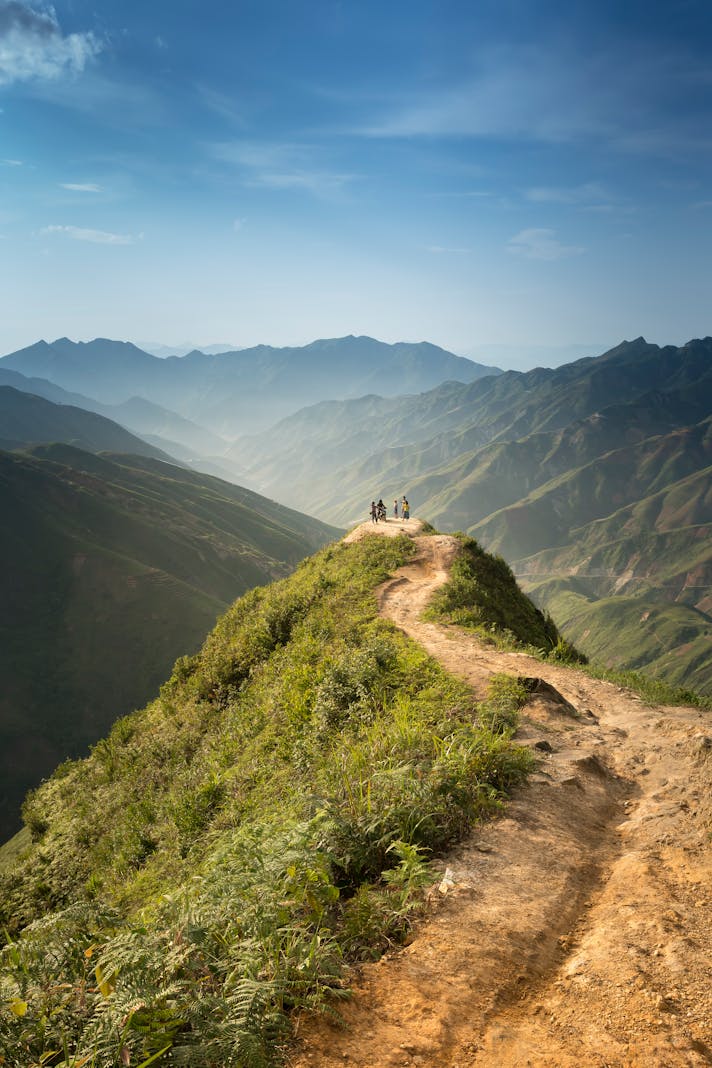The Los Angeles.... River?

New Orleans and St. Louis have the Mississippi. Boston has the Charles. Los Angeles has….. wait, are there any rivers in the Los Angeles area? There actually is, and the Los Angeles River is fast becoming one of LA’s most impressive revitalization projects. Visitors and locals alike will find nature, recreation, and relaxation at the various parks and paths that line this little-known attraction.
Starting from the headwaters in Simi Valley, the river flows south to Canoga Park before turning east and traveling as far as Glendale. There, it turns south again, making its way past Griffith Park into downtown Los Angeles. The river then continues through many small municipalities in Los Angeles County, east of its namesake city, until it reaches the sea at Long Beach. While tiny compared to the major water arteries in the Midwest and along the East Coast, the Los Angeles River spans a respectable fifty-one miles.
In the early days of Los Angeles history, the river was a much larger force. Given the Southern California cycles of drought and flood, it is not surprising that the river took part in many catastrophes that affected the growing town, the apex being the Great Flood of 1938, where 115 people were killed by the spreading waters. In order to protect the growing community, the river was channeled into a concrete bed, where it has languished until just recently. As part of the 2007 Revitalization Master Plan, the various communities that share the Los Angeles River intend to restore it to its natural splendor as much as possible without endangering those who live near.
Today, there has been progress in this direction, and there are three main areas within the Los Angeles City limits that have been restored, revitalized, or both. In the San Fernando Valley, the Sepulveda River Basin Wildlife Reserve (which actually predates the 2007 plan) exists at the nexus of what are possibly the busiest two freeways in the world, the 405 and 101. Within this flood control plain, there are parks, a Japanese garden, golf courses, playgrounds, a bike path, and Lake Balboa, where one can rent boats and fish. There is also a newly restored Recreation Zone where people can kayak. This is the only unpaved section of the river.
Closer to the city center lies Griffith Park, which again predates the 2007 plan but is now part of it. This is the home of the Los Angeles Observatory, the Greek Theatre, and the LA Zoo, as well as hiking trails, an equestrian center, and picnicking areas. Long a favorite Los Angeles attraction, the Ferndell area within the park is the first exposure to the forested ecosystem for many Angeleno children.
South of Griffith Park, the newly restored Recreation Zone in the Glendale Narrows offer kayaking and fishing as well as a walking path during the summer season. This pilot program is in its third year and now has concessionaires providing kayak rentals and guided tours of the area. There are also many parks that abut the river where visitors can picnic or enjoy the soccer fields. The Los Angeles bike path begins here and continues into the city of Los Angeles proper. A visitor’s center, housed in the old Lawry’s restaurant, offers an interpretive center. Within downtown Los Angeles, access to the river is at present limited, but there are bridges above the river that offer a glimpse of the waters below. The bike path, which is also interrupted in the downtown area, begins again in the city of Vernon, and continues down through Long Beach.
Projects to increase the parkland and recreation connected to the river are ongoing. Eventually, the hope is that the river will provide over one hundred miles of recreation and wildlife habitat on both sides of the river. With so much developing, a visitor should definitely begin a trip to the river by checking online for openings, current conditions, recreation, and closures.
Starting from the headwaters in Simi Valley, the river flows south to Canoga Park before turning east and traveling as far as Glendale. There, it turns south again, making its way past Griffith Park into downtown Los Angeles. The river then continues through many small municipalities in Los Angeles County, east of its namesake city, until it reaches the sea at Long Beach. While tiny compared to the major water arteries in the Midwest and along the East Coast, the Los Angeles River spans a respectable fifty-one miles.
In the early days of Los Angeles history, the river was a much larger force. Given the Southern California cycles of drought and flood, it is not surprising that the river took part in many catastrophes that affected the growing town, the apex being the Great Flood of 1938, where 115 people were killed by the spreading waters. In order to protect the growing community, the river was channeled into a concrete bed, where it has languished until just recently. As part of the 2007 Revitalization Master Plan, the various communities that share the Los Angeles River intend to restore it to its natural splendor as much as possible without endangering those who live near.
Today, there has been progress in this direction, and there are three main areas within the Los Angeles City limits that have been restored, revitalized, or both. In the San Fernando Valley, the Sepulveda River Basin Wildlife Reserve (which actually predates the 2007 plan) exists at the nexus of what are possibly the busiest two freeways in the world, the 405 and 101. Within this flood control plain, there are parks, a Japanese garden, golf courses, playgrounds, a bike path, and Lake Balboa, where one can rent boats and fish. There is also a newly restored Recreation Zone where people can kayak. This is the only unpaved section of the river.
Closer to the city center lies Griffith Park, which again predates the 2007 plan but is now part of it. This is the home of the Los Angeles Observatory, the Greek Theatre, and the LA Zoo, as well as hiking trails, an equestrian center, and picnicking areas. Long a favorite Los Angeles attraction, the Ferndell area within the park is the first exposure to the forested ecosystem for many Angeleno children.
South of Griffith Park, the newly restored Recreation Zone in the Glendale Narrows offer kayaking and fishing as well as a walking path during the summer season. This pilot program is in its third year and now has concessionaires providing kayak rentals and guided tours of the area. There are also many parks that abut the river where visitors can picnic or enjoy the soccer fields. The Los Angeles bike path begins here and continues into the city of Los Angeles proper. A visitor’s center, housed in the old Lawry’s restaurant, offers an interpretive center. Within downtown Los Angeles, access to the river is at present limited, but there are bridges above the river that offer a glimpse of the waters below. The bike path, which is also interrupted in the downtown area, begins again in the city of Vernon, and continues down through Long Beach.
Projects to increase the parkland and recreation connected to the river are ongoing. Eventually, the hope is that the river will provide over one hundred miles of recreation and wildlife habitat on both sides of the river. With so much developing, a visitor should definitely begin a trip to the river by checking online for openings, current conditions, recreation, and closures.

Related Articles
Editor's Picks Articles
Top Ten Articles
Previous Features
Site Map
Content copyright © 2023 by Korie Beth Brown, Ph.D. . All rights reserved.
This content was written by Korie Beth Brown, Ph.D. . If you wish to use this content in any manner, you need written permission. Contact Korie Beth Brown, Ph.D. for details.



